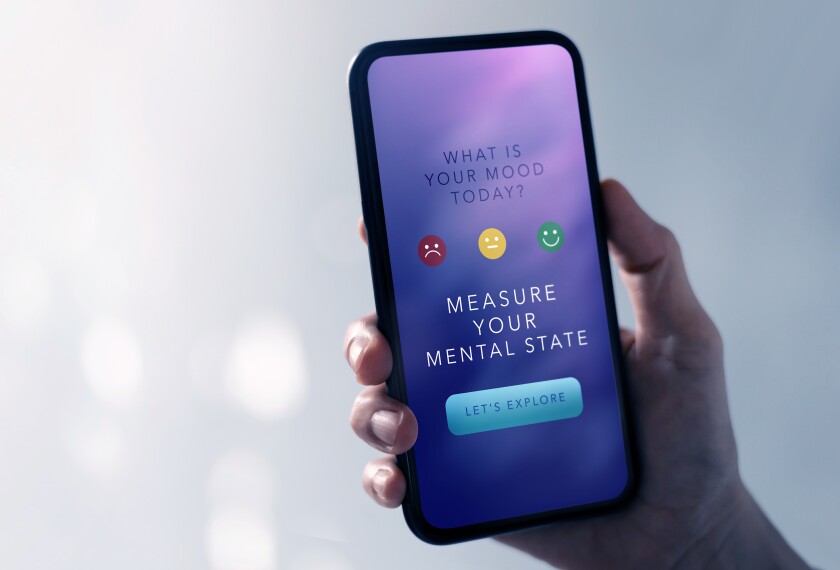Gov. Bill Richardson of New Mexico has recommended that the state spend $600,000 on a package of proposals designed to combat the high suicide rate among the state’s adolescents.
The proposal is based on a list of recommendations issued in January by the governor’s Youth Suicide Prevention Task Force, a 20-member group of health-care providers, counselors, statewide suicide-prevention coordinators, and friends and family members of suicide victims that convened last October.
In a letter accompanying the group’s report, state Secretary of Health Michelle Lujan Grisham wrote that, if implemented, the recommendations would “immediately begin to decrease this almost epidemic state problem.”
The suicide rate for 15- to-24-year-olds in New Mexico is twice the national average, and suicide is the third leading cause of death among the state’s 15- to-19-year-olds. According to the 2003 Youth Risk and Resiliency Survey, conducted every two years by New Mexico’s departments of public health and education, more than 14 percent of the nearly 11,000 adolescents surveyed in the state said they had attempted suicide in the previous year.
Among the factors contributing to the high rates of suicide and attempted suicide, the task force and state health officials cite the stigma attached to mental illness among some ethnic groups, access to firearms, and insufficient access to mental-health care—all of which are exacerbated in rural areas.
Gov. Richardson’s new proposals, which he unveiled Jan. 15, call for setting up a statewide crisis hotline to provide suicide-prevention information and referral services to youths, parents, and community members.
The governor recommends increasing behavioral-health screening in schools and communities and launching a program to coordinate the efforts of all public agencies providing suicide-prevention services.
Pahl Shipley, a spokesman for Mr. Richardson, said in an e-mail that the governor has asked the legislature for an additional $6 million to pay for school-based health clinics in his fiscal 2006 budget.
The additional funding would double the number of clinics in the state, from 34 to 68.
The governor’s recommendations must be approved by the legislature, which convened Jan. 18.




